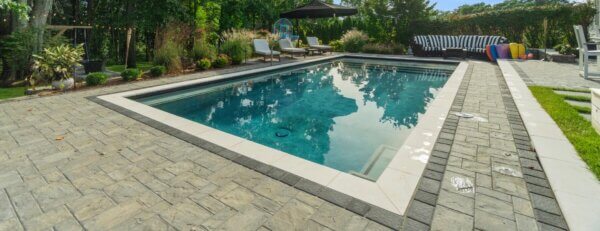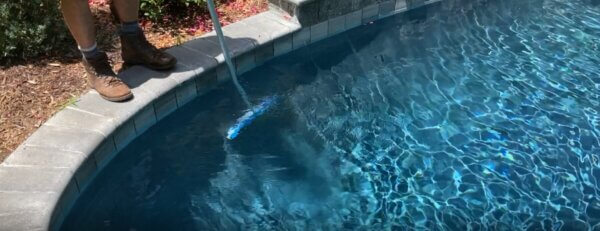How to Detect a Swimming Pool Leak
It’s natural for every pool’s water level to fluctuate slightly. Whether from user load, evaporation, or even gain from rainfall and runoff, you should expect your pool to rise and fall within reason.
When you start having to routinely add more than two inches of water a week, this can signify something bigger is at play and your pool might have a leak. A leak can occur at many different areas in your pool. For example, arround the fitting, within the plumbing, or even right through the structure. Pool leaks are important to repair to not only save on water, heat, and chemical expenses, but also to prevent the degradation of your pool structure. An untended leak can undermine structural components and eat away at dirt that supports your pool walls or outdoor deck. This is a recipe for trouble.
To identify more information about a suspected pool leak, we recommend the following:
- Check if your pool leaks when your equipment is running. To do this, turn the filter on and check the pressure. If your water levels decrease with the system running, this most likely indicates a pressure-side return leak. Look for soft spots in the yard or on the side of the pool where your plumbing line returns.
- Check if your pool leaks with the equipment off. If you have air in the pump basket, this could indicate a suction-side leak. Use a tape or pencil to mark water levels and keep watch.
- Check all filter, pump, heater, and valves for leaks in the equipment pad. If there’s ground moisture or water that sprays when the pump is turned off or on, you’ll have your source.
Test Your Evaporaton Rate
To test your pool’s evaporation rate, place a bucket of water beside the pool. Make a mark in the water and a mark in the bucket as benchmarks for the start of your study. Wait a full day and then come back and compare evaporation rates. If your pool loses more water than the bucket, this is a strong indicator that you have a leak. If so, give our team a call and we can help you get your pool back to health.









